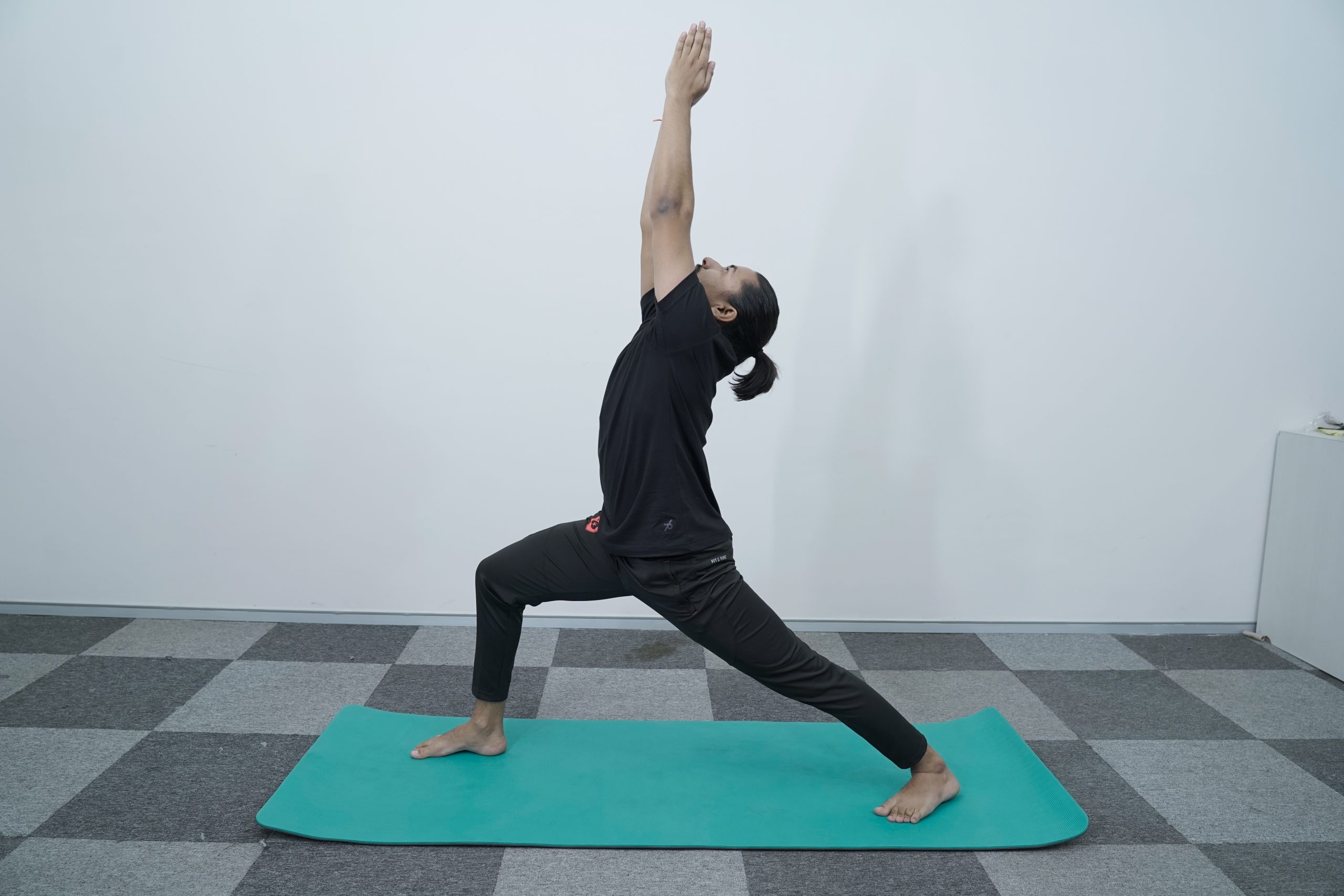In the quest for holistic wellness, yoga emerges as a sanctuary. It’s not just a practice but a journey—where the guide, your yoga instructor, plays a pivotal role. Whether it’s for managing stress, enhancing flexibility, or addressing specific health concerns like diabetes, thyroid disorders, or chronic pain, the right instructor can transform your experience. This guide aims to help you navigate the challenge of finding that perfect fit.
Yoga: A Path to Wellness
Yoga transcends physical exercise; it’s a conduit to balancing mind, body, and spirit. From prenatal care to managing conditions like PCOS or diabetes, yoga offers a personalized approach to health. It’s not just about the asanas (poses); it’s about fostering a connection with oneself. This connection becomes more profound under the guidance of an adept instructor.
Yoga for Specific Needs
Whether it’s yoga for weight loss, managing lower back pain, or enhancing concentration, the specificity of your needs should guide your choice of an instructor. A specialist in yoga for chronic pain management, for instance, can provide targeted practices that complement physiotherapy. Similarly, if you’re seeking yoga for stress management or self-transformation, look for an instructor who emphasizes meditation and mindfulness.

The Hunt for the Right Instructor
1. Qualifications and Expertise:
Seek an instructor with certifications and experience relevant to your health goals. Their specialization, be it in yoga for thyroid management or postnatal yoga, is crucial.
2. Teaching Style:
Yoga is personal. Attend trial classes to gauge whether the instructor’s style aligns with your preferences. It’s not just about their knowledge but how they impart it.
3. Compatibility:
The right instructor should make you feel comfortable and understood. This rapport is essential for a transformative yoga experience.
The Human Connection in Yoga
Yoga is more than a series of movements; it’s a narrative of personal growth and healing. Instructors who share personal anecdotes or integrate creative language and metaphors into their teaching often forge a stronger connection with their students. They bring the practice to life, making it relatable and deeply human.
In today’s world, many instructors offer online resources, from guided meditation videos to interactive webinars. This digital extension can be particularly beneficial for those with time constraints or mobility issues.
Conclusion: Your Yoga Journey Awaits
Your journey with yoga is unique, and finding the right instructor is a crucial step. Remember, it’s not just about their expertise but how they resonate with you personally and spiritually. Trust your instincts and embark on this transformative journey.
If you feel inspired to start or deepen your yoga practice, begin your search today. Explore, experience, and embrace the path to wellness with the right guide by your side. Your journey to a balanced and healthier life is just a yoga mat away.
Frequently Asked Questions
What benefits does meditation offer for managing stress and improving sleep?
FlexifyMe's meditation sessions are crafted to aid in stress relief and enhance sleep quality, forming an integral part of our comprehensive wellness programs.
Can FlexifyMe help with weight loss through yoga?
Yes, our programs include yoga for weight loss, combining physical postures, breathing techniques, and meditation to help you achieve your fitness goals in a holistic manner.
Are FlexifyMe's yoga and meditation programs suitable for beginners?
Absolutely, we offer yoga for beginners and meditation guidance that's customized to your pace and starting level, ensuring a supportive and effective introduction to wellness.
How do FlexifyMe's corporate wellness programs benefit employees?
Our corporate wellness programs are designed to promote health and fitness in the workplace, offering online yoga classes and meditation sessions that fit into busy schedules and support overall employee well-being.
What kind of personalized yoga instruction does FlexifyMe provide?
Our personalized yoga instruction is tailored to individual health and wellness goals, ensuring you receive one-on-one guidance that caters to your specific needs, whether it's for fitness, stress relief, or prenatal care.
How does FlexifyMe accommodate prenatal yoga needs?
We offer specialized prenatal yoga sessions that focus on gentle poses and breathing techniques to support health and wellness throughout pregnancy.
What differentiates FlexifyMe's approach to wellness and fitness?
FlexifyMe's holistic approach combines yoga, meditation, and nutrition advice, offering a rounded path to health and fitness that adapts to your lifestyle and personal goals.
Can FlexifyMe's online yoga classes be scheduled around my busy lifestyle?
Yes, our online yoga classes offer flexible scheduling options to seamlessly integrate into your lifestyle, ensuring you can maintain your fitness and wellness routine without hassle.
Does FlexifyMe offer any specialized programs for stress relief?
Our wellness programs include specialized yoga and meditation sessions focused on stress relief, designed to help you manage anxiety and improve your overall health.


